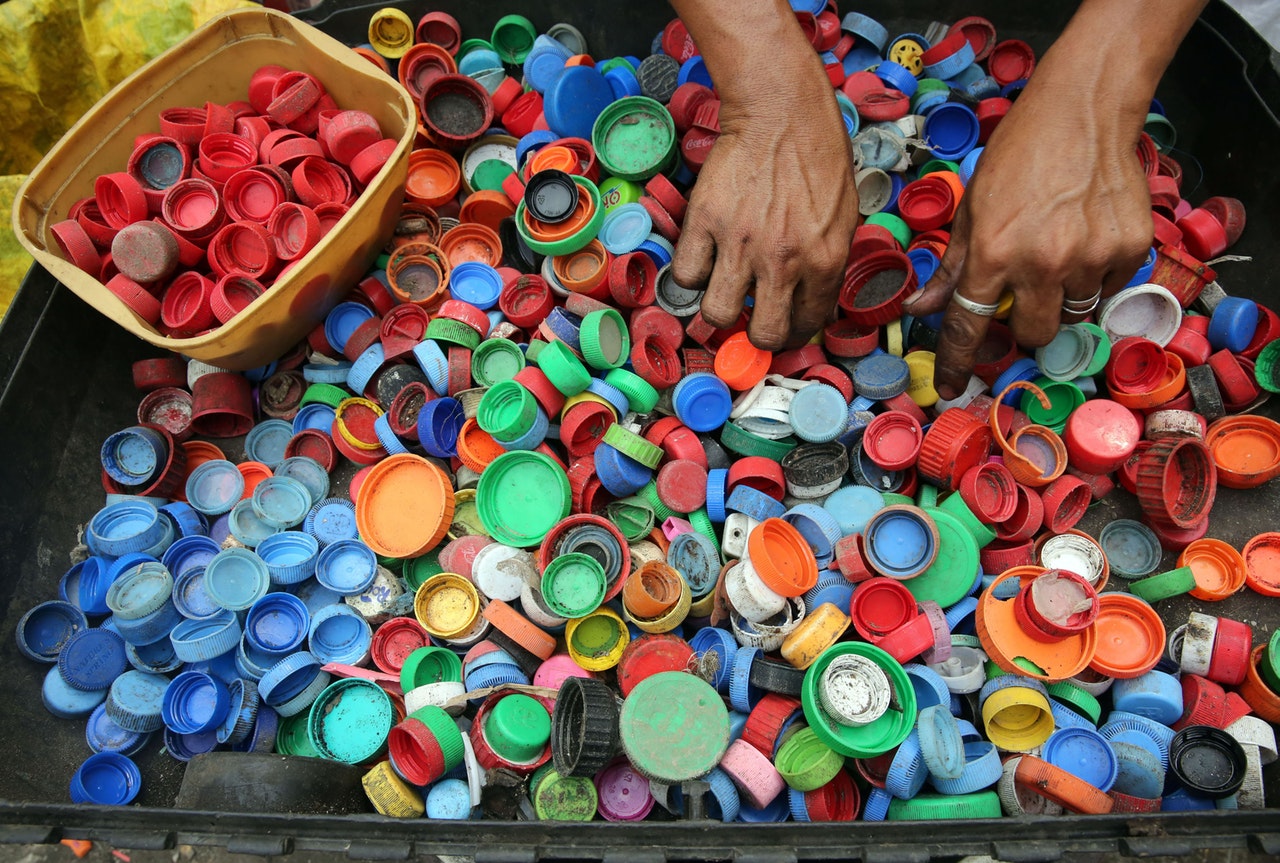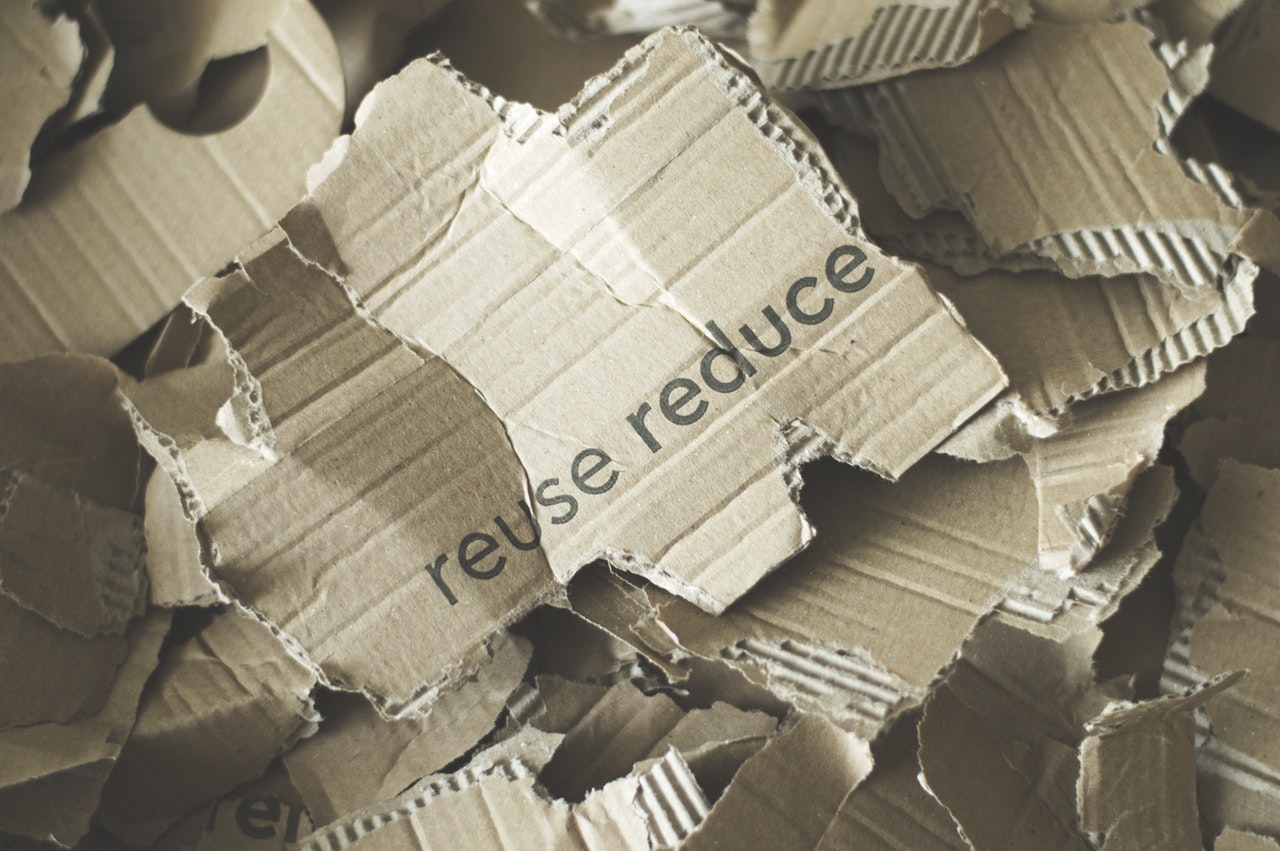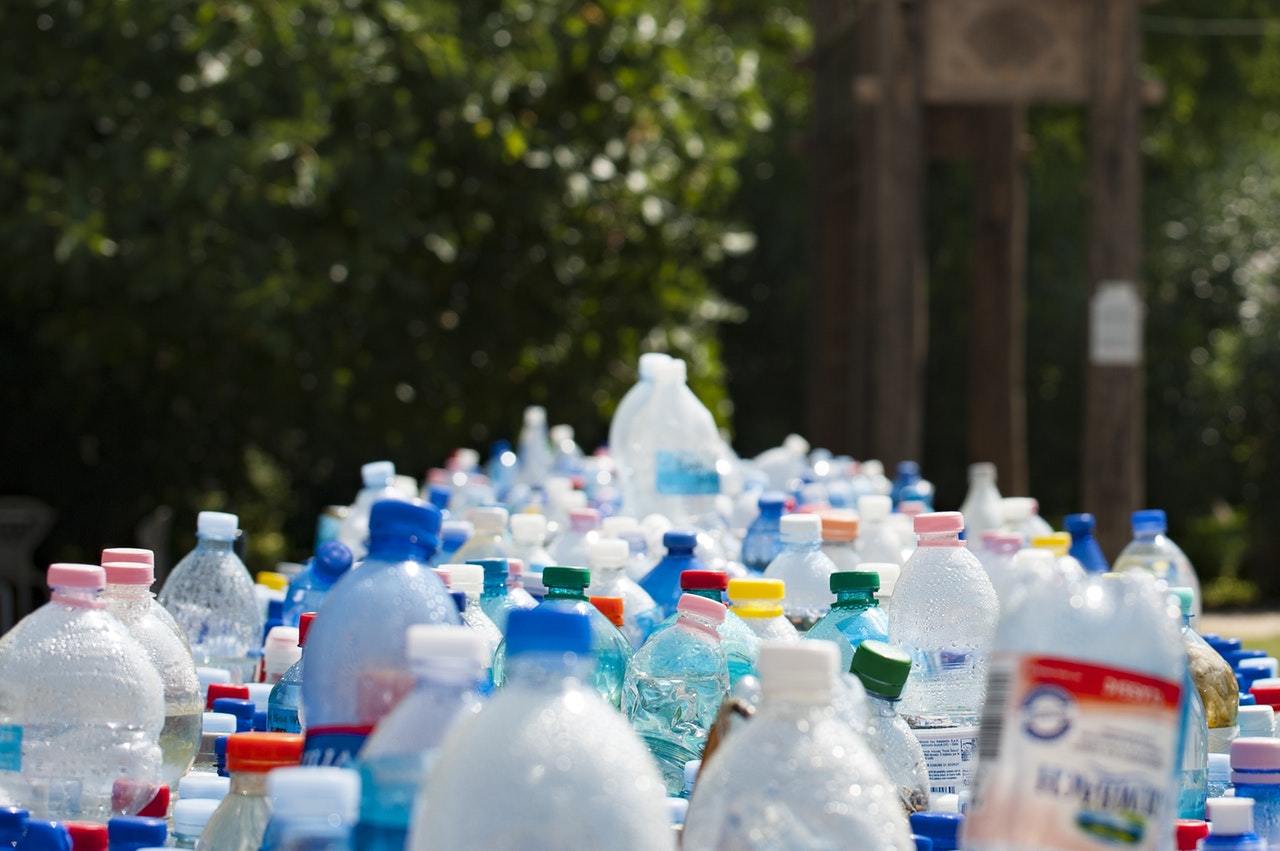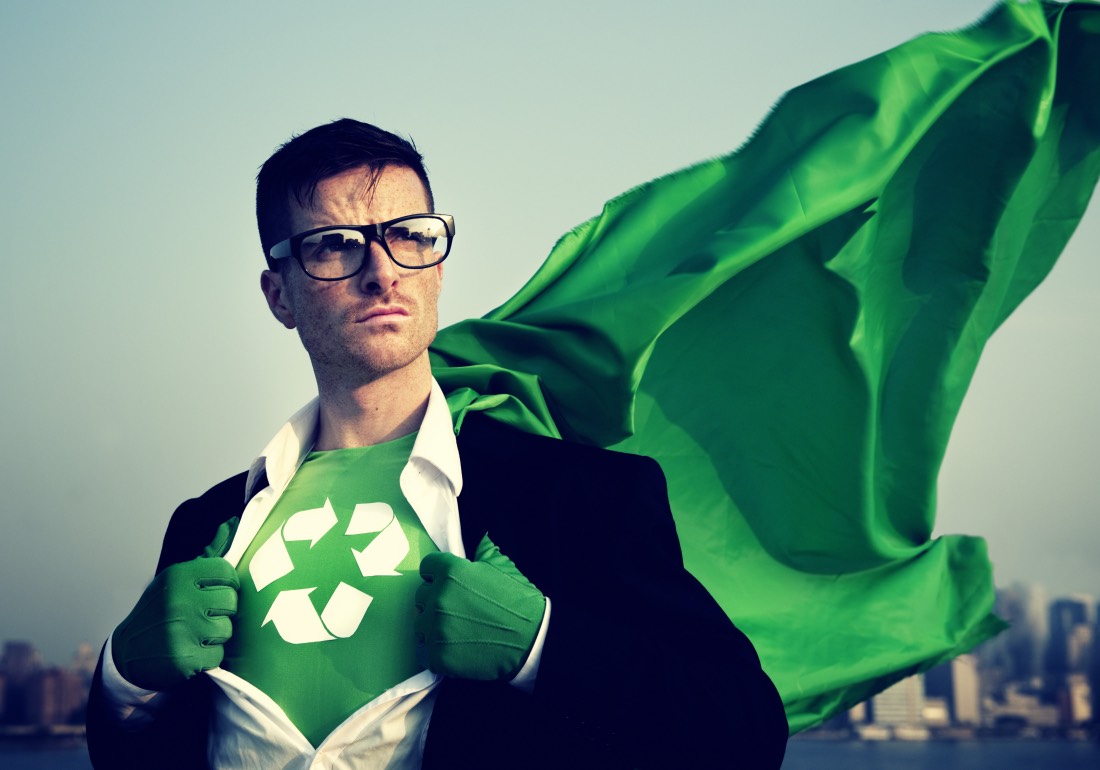[dropcap]A [/dropcap]large majority of things we deal with in our everyday lives are made from plastic. It’s convenient, not expensive to produce and not that difficult to recycle with current technology, all things considered. Environmental pollution is always a major concern, one that constantly calls upon substantial collective effort and communication to alleviate. This article aims to help you sift through conflicting information and make it easier to decide whether caps and lids should be taken off recyclables such as containers and bottles.
We don’t like beating around the bush, so here goes.
Question: Should one take caps and lids off?
Short answer: Yes, in most cases.
Longer answer: It depends. First, let’s consider a few key points.

What are the current recycling rules?
Many manufactured plastic cups with lids are eco-friendly and biodegradable, but bottle caps are not.
Caps and lids are made from different types of plastic than the associated container or bottle they come with. There is an entire marking system that was established for that reason alone, to help separate different types of plastics from each for sorting purposes. Each of the following markings showcases the material from which they were made.
The current identification codes are as follows.
- #1: PETE or PET (Polyethylene Terephthalate). Bottles, containers, trays, etc.
- #2: HDPE (High-Density Polyethylene). Pipes, jugs, etc.
- #3: V or PVC (Polyvinyl Chloride). Mats, mud flaps, etc.
- #4: LDPE or PE-LD (Low-Density Polyethylene). Commonly used in bags.
- #5: PP (Polypropylene). Arguably the most safe out of the bunch.
- #6: PS (Polystyrene). Commonly used to manufacture small plastic cups with lids.
- #7: OTHER or O
More about the resin identification codes can be found here. However, unclear labeling may also be an issue. Sometimes, due to cost-saving, manufacturers may omit this useful information.
Since most recycling centers can only handle and recycle a certain type of caps or plastic cups with lids, all associated plastics are needed to be stored separately. That’s when the practice to separate waste genuinely makes sense.
At the same time, due to rapid shifts in recycling technology, mixed plastics can be separated and repurposed on autopilot. More about that can be found here.
There is however, another consideration. Due to their small size, bottle caps and small lids may not make their way through the sorting procedure and may wind up being in the landfill instead, where they are likely to do more harm than good since they’re not biodegradable by and large.

Why recycle?
When applicable, the time it takes for plastic to degrade is simply colossal. Unlike plastic cups with dome lids, which are biodegradable, it takes roughly two centuries for a common plastic bottle or container to dissolve and while they do so, toxins begin seeping into groundwater and contaminating other nearby water sources. This makes it a possibility for toxic outbreaks and shortages of drinking water.
On top of that, due to lackluster recycling ethics, unrecycled waste can make way into oceans and ruin lives of marine wildlife and birds. They can subsequently die if they get tangled in a bag or swallow small recyclables. To help prevent that from happening, at least be sure to properly dispose of your trash, seek service from a trusted disposal company like the EWM dumpster rental to ensure trash gets delivered to the right place.
What you can do in the meantime
If there is no local automatic waste sorting system in place yet and you throw your garbage away into a single bucket, we’d suggest holding on to caps and lids and storing them locally for the time being.
If there’s a recycling center operating on a regular basis near you, make sure to give them a call to get some local authority guidance. Get as much information from them as you can. Ask whether the recycling center is advanced enough to separate lids without having to manually take them off.
There is a moral aspect to this. At the very least, you could participate more in the recycling initiatives since every little effort spent may positively affect the environment in the long run.

What more can you do? Other recycling best practices
As long as we’re on topic of recycling, might as well shed light on a few other pointers and best practices.
- Remove labels, tape, other plastic-like materials, if applicable.
- Separate plastic cups with lids and straws from each other. Same applies to other types of waste.
- Empty the containers and bottles beforehand. During the transportation stage the plastic gets squished into boxes, otherwise known as bales. If there’s any type of liquid or food inside them at the time, they can seep into paper and cardboard and make a mess of the recycling process.
- Don’t recycle extremely small things. As a rule of thumb, if it’s plastic and smaller than a post-it, don’t throw it away just yet and get a consultation.
Conclusion
The ‘cap on/off’ debate mostly hinges on technology now. There may be inconsistencies in recycling programs, especially on a worldwide scale, but having the decency to explore local recycling centers and their capabilities will make it easier to dispose of waste in a manner befitting mankind. Be mindful and stay responsible.







